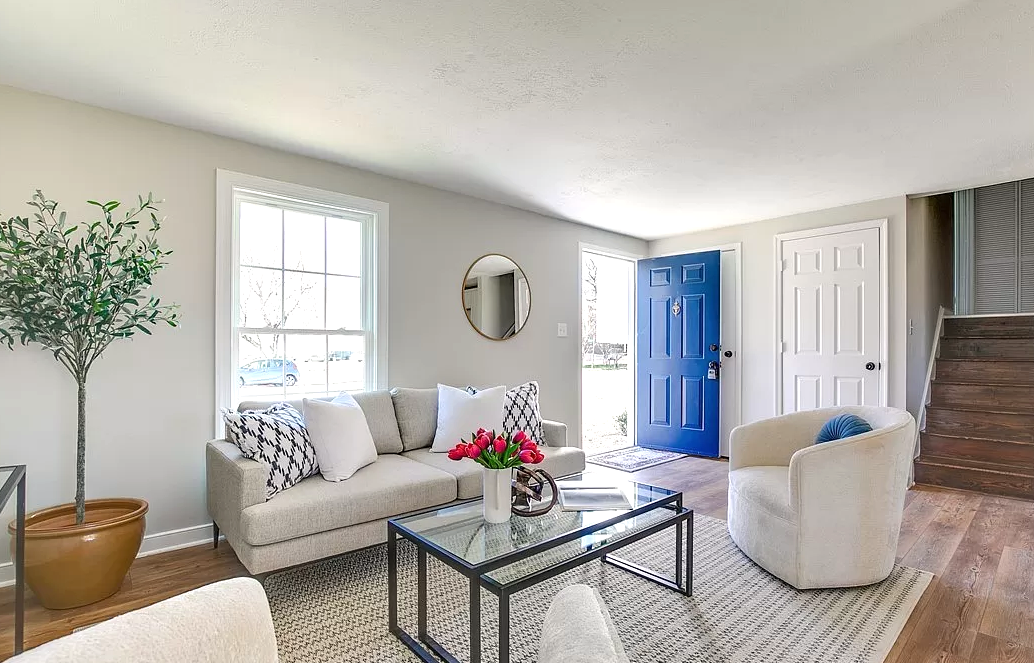Lighting plays a significant role in interior design, shaping the functionality and ambiance of a space. It can make a room feel cozy or spacious, highlight features, and set the mood.
Understanding how to use lighting effectively can transform your interiors, making them more inviting and aesthetically pleasing.
Here’s a guide to the importance of lighting in interior design and practical tips for different rooms.
If you need more help, you can even get color consultation services.
Why Lighting Matters in Interior Design
Lighting impacts how we perceive a room. Good lighting enhances the colors, textures, and overall design, while poor lighting can make a space feel dull and uninviting. Here are some key reasons why lighting is essential in interior design:
Mood Setting
Different types of lighting can evoke different emotions. Soft, warm lighting creates a cozy and relaxing atmosphere, perfect for living rooms and bedrooms. Bright, cool lighting is energizing and ideal for kitchens and home offices.
Functionality
Proper lighting ensures that a room is functional. Task lighting, like under-cabinet lights in the kitchen or reading lamps in the study, provides focused light where it’s needed most, making daily activities easier.
Highlighting Features
Accent lighting can be used to draw attention to specific features in a room, such as artwork, architectural details, or unique furniture pieces. Interior designers use this to add depth and interest to the space.
Space Perception
Lighting can make a room feel larger or cozier. Brighter, more distributed lighting can open up a space, making it feel more expansive. Conversely, dim lighting can create a more intimate and snug environment.

Practical Tips for Using Lighting in Different Rooms
Living Room
The living room is often a multi functional space used for entertaining, relaxing, and sometimes working. Layered lighting works best here:
- Ambient Lighting: Use ceiling fixtures or chandeliers for general lighting.
- Task Lighting: Position floor or table lamps close to seating areas to provide adequate lighting for reading or other activities.
- Accent Lighting: Highlight artwork or architectural features with spotlights or wall sconces.
Kitchen
In the kitchen, both functionality and ambiance are crucial.
- Ambient Lighting: Bright, even lighting from ceiling fixtures ensures the entire space is well-lit.
- Task Lighting: Install lights beneath cabinets to brighten countertops and other workspaces.
- Accent Lighting: Add interest with pendant lights over the breakfast bar or island.
Bedroom
Bedrooms should have a relaxing and comfortable atmosphere.
- Ambient Lighting: Soft, diffused light from ceiling fixtures or chandeliers sets a calming tone.
- Task Lighting: Use bedside lamps for reading and other activities.
- Accent Lighting: Create a cozy feel with fairy lights, sconces, or dimmable table lamps.
Effective lighting is a powerful tool in interior design, enhancing the functionality and beauty of your space. By understanding the importance of lighting in interior design, you can transform your interiors into inviting, stylish, and practical spaces.
Ready to transform your space with expert interior design and home staging? At Dila Design, we specialize in commercial interior design in Richmond, VA and home staging services.
Our color consultation services will help you choose the perfect hues to enhance your home’s ambiance.
Contact us today!
